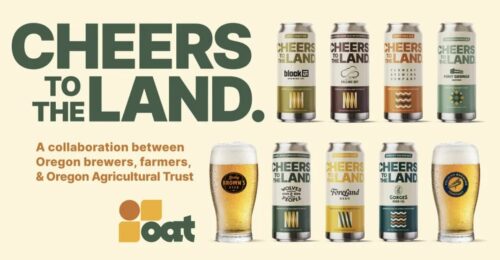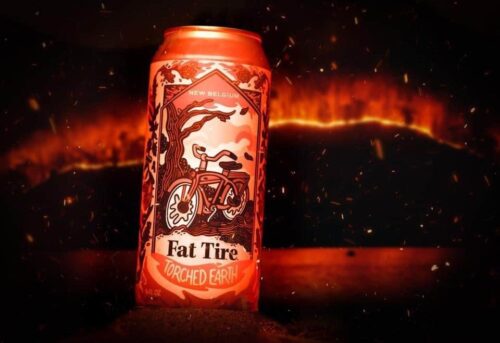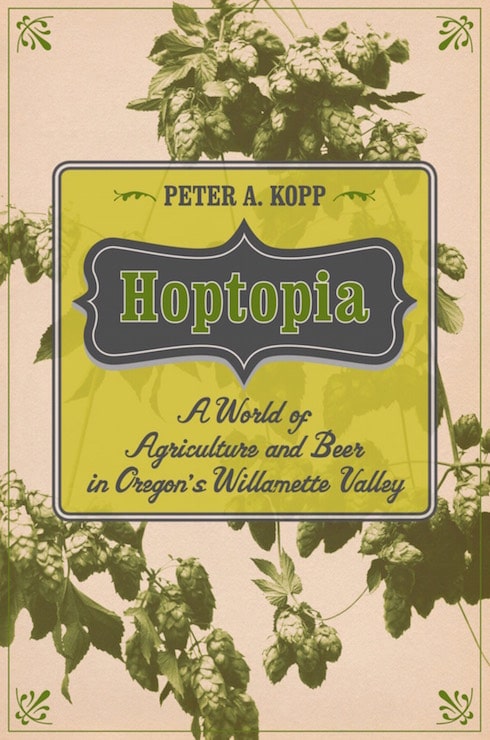
I should start posts with the “Steal This Idea” name, The Oregon Agricultural Trust (the aptly named OAT) has partnered with nine Oregon breweries on the Cheers to the Land beer series. Each of the new beers are made with Oregon-sourced ingredients. The goal is to safeguard Oregon’s farm and ranch lands from development.
Here are the murderers row of breweries and the beers that will donate part of the sales proceeds to OAT….
- Barley Brown’s Brewing – Pale Ale brewed with barley grown in Enterprise and malted at Gold Rush Malt in Baker City, Mosaic and Citra hops from B&D Farms in St. Paul, Oregon and a blend of other Northwest hops.
- Block 15 Brewing – West Coast India Pale Ale featuring Gold Rush Malt from Baker City, OR and Zappa and Comet hops, both grown at Crosby Hop Farm in Woodburn.
- Gorges Beer Co. – Golden Ale fermented on 120 pounds of apricots from an orchard in The Dalles. Aged for two months till perfection.
- Falling Sky Brewing – Cascadian Dark Ale with Oregon-harvested spruce tips, Salmon-Safe malt from Goschie Farms in Silverton, and Salmon-Safe hops from Crosby Hop Farm in Woodburn.
- Ferment Brewing – Hoppy Pale Ale brewed with Mecca Grade malts from Madras, oats, and hops grown on Oregon trellises.
- Fort George Brewing – Double India Pale Ale utilizing Salmon Safe Hops and Grain. This beer pushes ABV and flavor profile all while using responsibly grown Oregon ingredients.
- ForeLand Beer Co. – Dry-hopped Pacific Northwest lager with Salmon-Safe Lorien and Sterling hops, and Oregon-grown Salmon-Safe malt from Mainstem Malt.
- Pelican Brewing – A 503 Pale Ale with ingredients grown entirely on Goschie Farms — Pilsner Wintmalt and Willamette, Fuggle, and Santiam hops.
- Wolves & People Farmhouse Brewery – Mixed culture rye pale ale made with Oregon-grown Mecca Grade malt, aged in casks with Willamette Valley Robada apricots.





